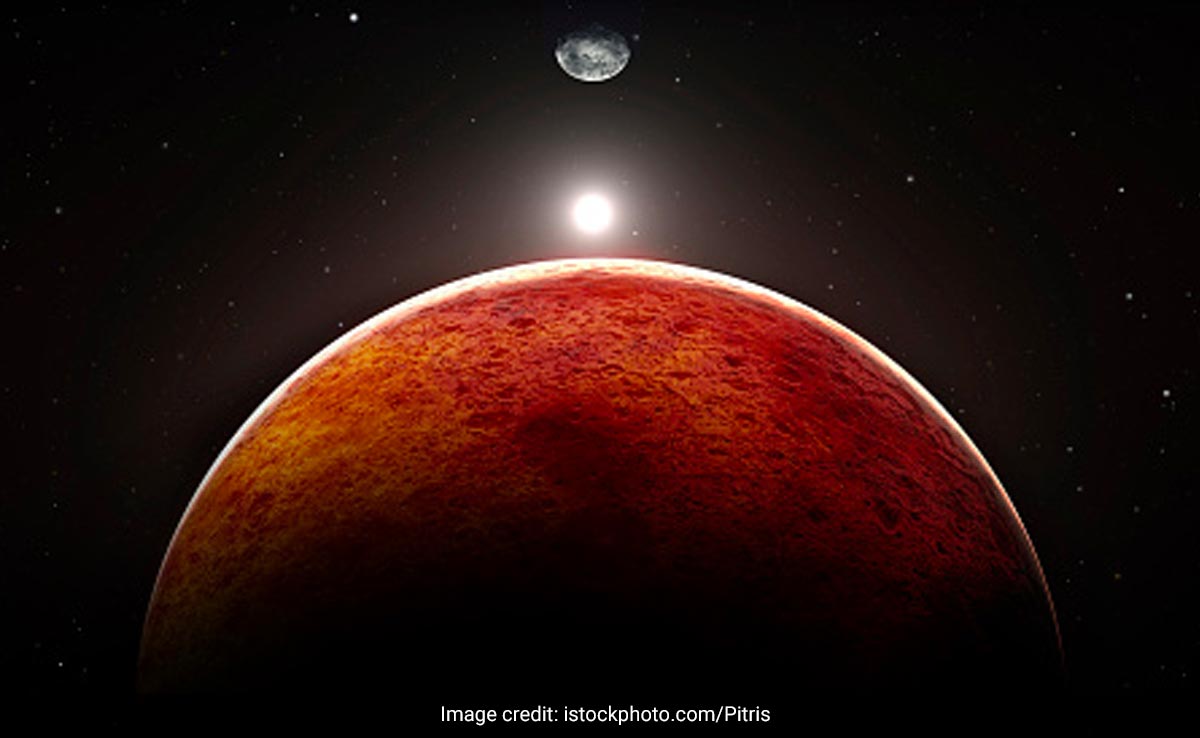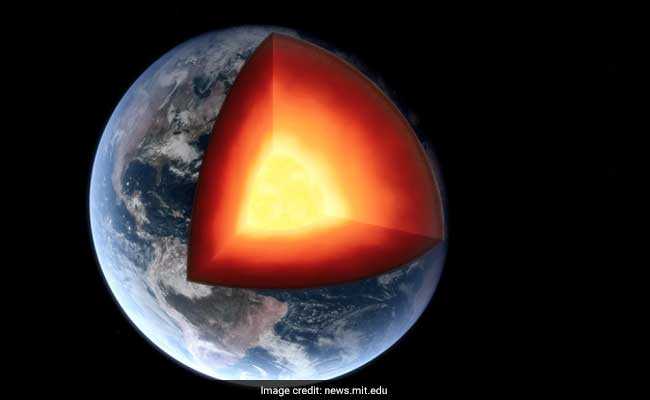The new seismic information demonstrates the presence of an up until recently obscure layer of liquid stone encompassing a fluid metallic center.
Seismic waves created by a shooting star influence on the opposite side of Mars from where NASA’s Knowledge lander sits have given new insights about the Red Planet’s profound inside, inciting researchers to reappraise the life structures of Earth’s planetary neighbor.
The new seismic information shows the presence of an until now obscure layer of liquid stone encompassing a fluid metallic center – the planet’s deepest part – that is more modest and denser than recently assessed, scientists said on Wednesday.
Waves produced by shudders – including those brought about by shooting star influences – shift in speed and shape while venturing through various materials inside a planet. Information from Knowledge’s seismometer instrument has empowered the planet’s inside construction to come into center.
The shooting star influence that happened in a Martian good country locale called Tempe Land on Sept. 18, 2021, set off an extent 4.2 shake and left a hole around 425 feet (130 meters) wide. It happened on the contrary side of Mars from Understanding’s area in a fields locale called Elysium Planitia.
“The significance of the far side effect was to create seismic waves that navigated the profound inside of the planet, including the center. Beforehand, we had not noticed any seismic waves that had traveled the center. We had just seen reflections from the highest point of the center,” said planetary researcher Amir Khan of ETH Zurich in Switzerland, lead creator of one of two logical papers on the new discoveries distributed in the diary Nature.
The way of behaving of the waves demonstrated that past evaluations of the Martian inside were missing something – the presence of a liquid silicate layer around 90 miles (150 km) thick encompassing the center. This liquid district sits at the lower part of the inside piece of the planet called the mantle.
The scientists likewise recalculated the size of the center, finding that it has a measurement of around 2,080 miles (3,350 km), with a volume around 30% more modest than recently suspected.
The scientists said the mantle – a rough layer sandwiched between the planet’s furthest covering and center – stretches out around 1,055 miles (1,700 km) beneath the surface. Not at all like Mars, Earth has no liquid layer around its center. One of the two examinations distributed on Wednesday demonstrates this layer is completely liquid, with the other showing that the vast majority of it is completely liquid, with the top piece to some degree liquid.
“The liquid and to some extent liquid layer is basically made out of silicates (rock-framing minerals) that are enhanced in iron and in radioactive intensity creating components contrasted with the overlying strong mantle,” said Henri Samuel, a planetary researcher with the French Public Exploration Association CNRS working at Institut de Constitution du Globe de Paris and lead creator of the subsequent review.
The Martian center is made up for the most part of iron and nickel yet additionally has a few lighter components like sulfur, oxygen, carbon and hydrogen. The specialists inferred that these lighter components make up around 9-15% of the center’s arrangement by weight, lower than recently assessed.
“This measure of light components isn’t not normal for that of the World’s center, which is assessed to be around 10%,” Khan said.
Mars, the fourth planet from the sun, has a measurement of around 4,220 miles (6,791 km), contrasted with Earth’s breadth of around 7,926 miles (12,755 km). Earth is very nearly multiple times bigger in all out volume.
NASA resigned Knowledge in 2022 following four years of tasks.
“We have gleaned some useful knowledge about Mars by concentrating on the special seismic record given by the Understanding mission,” Samuel said. “Planets are rich and complex frameworks since they are where a wide range of kinds of cycles coincide and follow up on different spatial and worldly scales, and Mars is no special case.”













+ There are no comments
Add yours